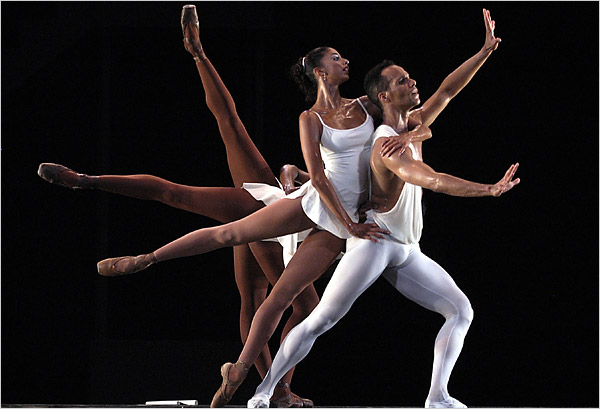WELCOME TO SUGAR HILL
Sugar Hill is most famed for its role as a center of cultural development and economic prosperity for African Americans living in Harlem during the early-20th century. Gathering on Sugar Hill, African American professionals-- doctors, lawyers, writers-- lived here in spacious row homes and apartments overlooking the plains of central Harlem from atop Coogan’s Bluff.
The 1920s saw the artistic flourishing known as the Harlem Renaissance take place, when poets, musicians, writers, and artists merged prose, paint, and politics to produce rich accounts reflective of the African American experience. During the Harlem Renaissance, the neighborhood was home to successful African Americans seeking the “sweet life” promised by its name. Figures such as Langston Hughes, Duke Ellington, Cab Calloway, Billy Strayhorn, Ralph Ellison,Count Basie, and Lena Horne gathered on Sugar Hill, bringing with them talent, money, and the attention of audiences well beyond Harlem’s borders.
The musical history of Harlem’s Sugar Hill is most connected to the Jazz and Bebop traditions that emerged and evolved in the area during the 1930s and 1940. Today, the musical tradition lives on in groups like “The Sugarhill Gang,” the first rap group with a single in the Top 40, whose name honors the legacy of the historic neighborhood where great artists and musicians once lived in great numbers.
Sugar Hill also housed key political and professional figures in the African American community such as W. E. B. Du Bois, Thurgood Marshall, Adam Clayton Powell Jr., Walter Francis White, and Roy Wilkins. These luminaries lived in properties now designated as Historic Landmarks throughout Sugar Hill, and worked with the NAACP, the Federal Government, and their neighbors to improve conditions for average Harlem residents and the African American community as a whole.
Whether you listen to Ellington and “Take the A Train,” up or are already a neighborhood native, Sugar Hill today remains a vibrant community with numerous landmarks, cultural organizations, and historic sites through which to experience Harlem. We look forward to welcoming you in the near future!
Local SiteS
Morris-Jumel Mansion
65 Jumel Terrace
Learn More >
Dance Theatre of Harlem
466 West 152nd Street
Learn More >
Hispanic Society of America
613 West 155th Street
Learn More >
Marjorie Eliot Parlor Jazz
555 Edgecombe Avenue
Learn More >
The Hamilton Grange
414 West 141st Street
Learn More >
Harlem School of the Arts
645 St. Nicholas Avenue
Learn More >







